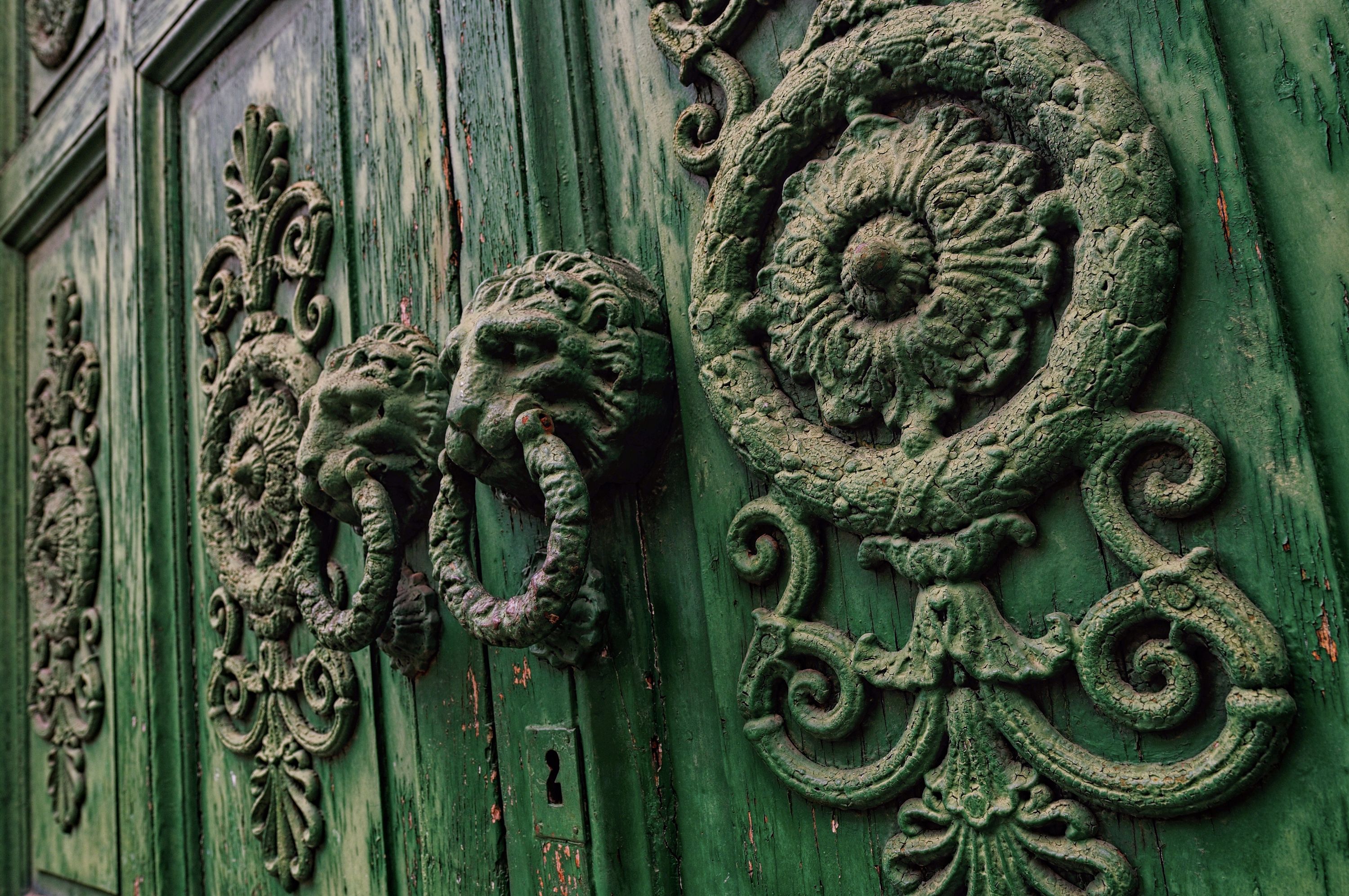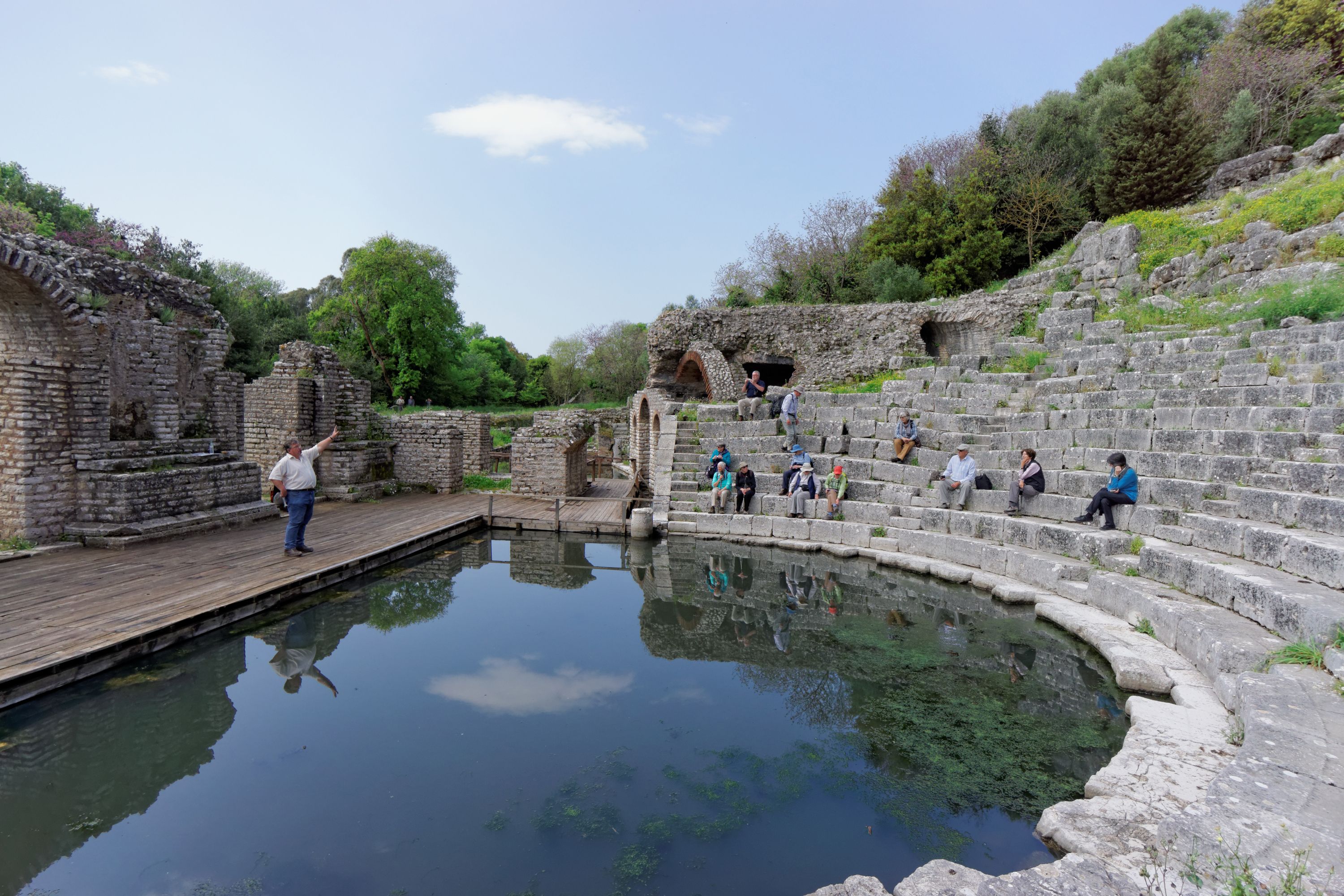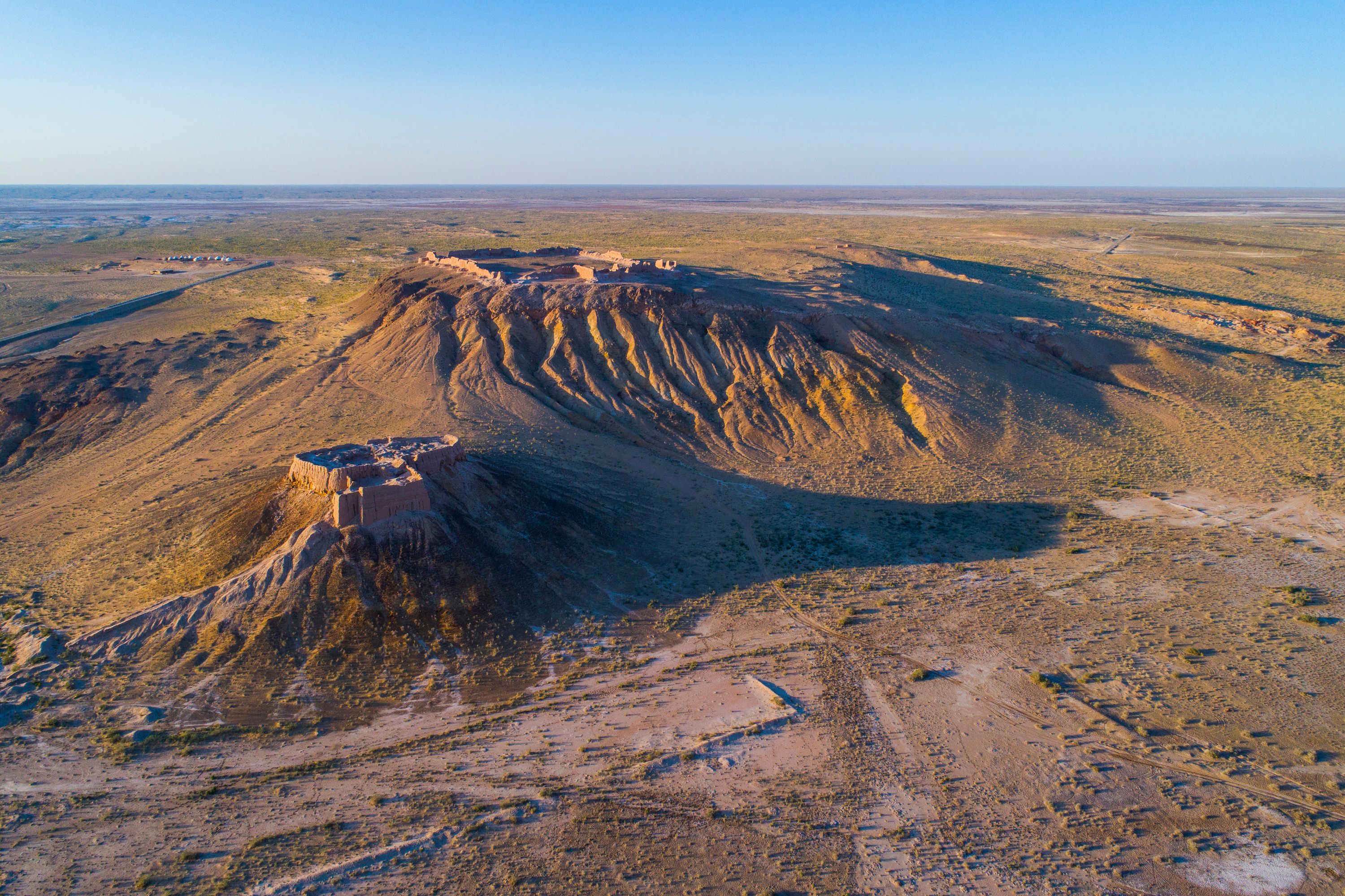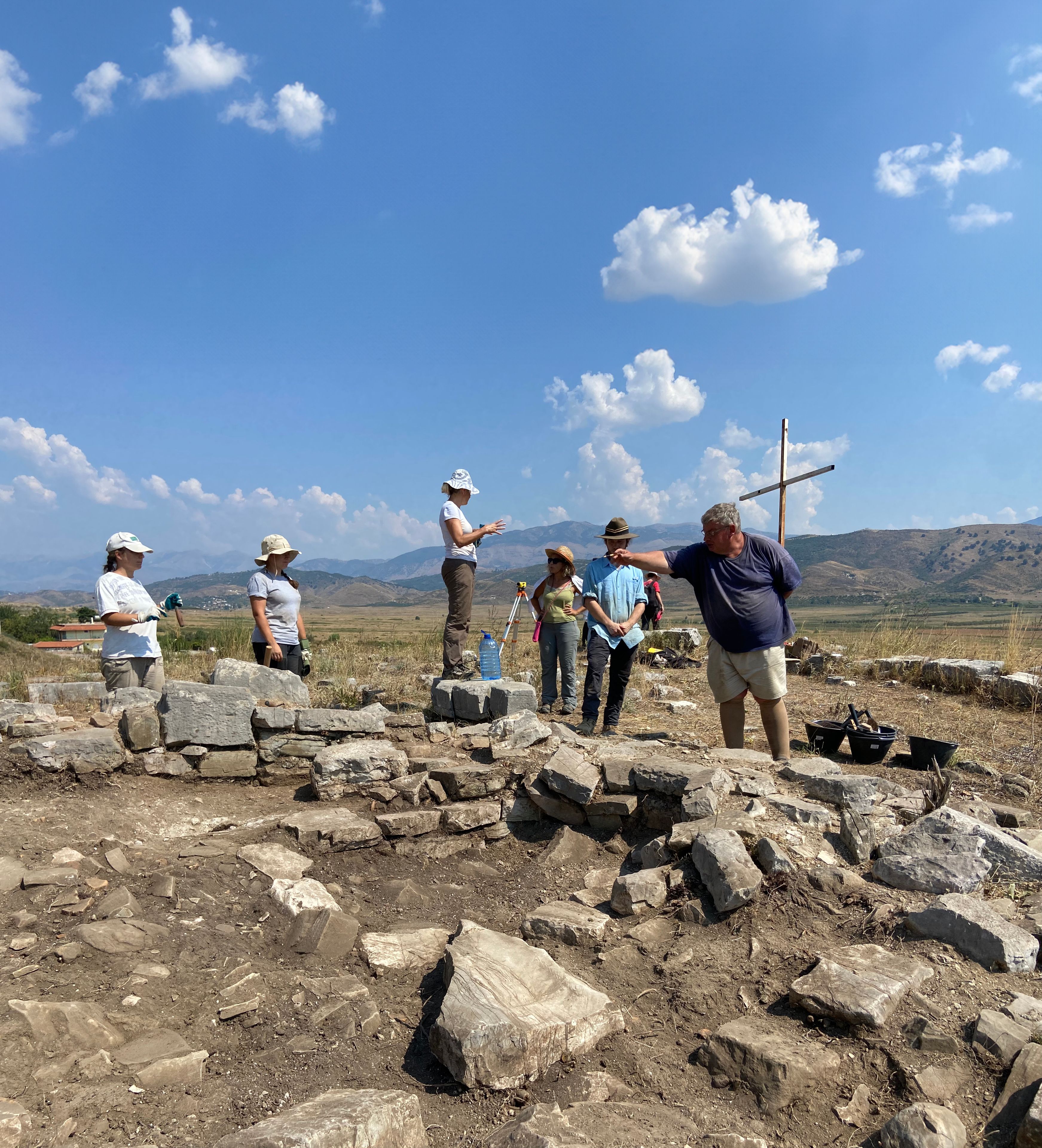Uncover some favourites with Guide Lecturer Oliver Gilkes

Who are some of your academic or archaeological heroes?
My first hero might seem odd in that he was a bit of a fraud in some respects and a complete egomaniac, but I admire Heinrich Schliemann as the founder of archaeology. He often made the findings fit his ideas and that much of what he did was wish fulfilment, but he still embodies what archaeology is and he helped to put the science on the map. His passion and his vision, coupled with his uncanny ability to get funding for his excavations, have been the inspiration to so many.
Another of my heroes is Edward Gibbon, who might be Britain’s greatest ever historian, after the Venerable Bede and has proven to be remarkably accurate despite the fact that he was writing in the 18th century. While he was of his time, Gibbon studied and absorbed an impressive amount. He established a narrative whose influences are still felt today, namely the decline and fall of the Roman empire.
My third hero is another man with an ego, Mortimer Wheeler who was instrumental in creating the science of practical skills used in archaeology in the UK. While pioneers like Giacomo Boni in Rome helped develop the stratigraphical method, Wheeler was much more systematic. What is really significant is that almost everything he proposed has been proven to be wrong. What is important here is that other researchers set out to overturn his ideas, his work inspired them, and in a way being proved wrong is like a final accolade! It advances the argument onwards. Wheeler was instrumental in establishing what the debate was.
Lastly, when it comes to contemporary archaeologists, it is harder to determine as there are so many good examples. One whom I do admire is Daniele Manacorda who has been involved in a number of projects in Italy, including the excavation of the Crypta Balbi in Rome which stands as one of the finest bits of urban archaeology in Europe. It offered a proper stratigraphical analysis of the area around the Crypta from Imperial Rome to the mediaeval and fascist periods. Manacorda followed in the footsteps of his colleague, Andrea Carandini, and exemplified a proper archaeological approach which I greatly admire. Also, it is good to recognise that UK archaeology is not the be all one might like. When I take British archaeologists around Italian sites, I often perceive a certain disdain and shaking of heads about the practices displayed and with it a dogmatic and inflexible, not to say arrogant, approach.

What are some of your favourite sites and/or museums and why?
There are two sites which stand out as my favourites, both classical. The first is the site of Ostia/ Portus, whose sheer scale and whose buildings give us a far better idea of what ancient Rome must have looked like than Pompeii, which is far less typical. The apartment buildings in Ostia, some of which survive to 4 storeys, give us a great idea of what living in ancient city must have been like. Then there is the adjacent and often closed Portus, the later extension of Ostia. First built under Claudius and expanded under Trajan, who constructed the hexagonal basin, the site is all the more evocative because it is only partially excavated and is still overgrown, meaning that you occasionally encounter deer or wild boar, making it resemble a Piranesi etching.
My other favourite site is Nicopolis in Greece. Founded by Augustus who decreed the construction of a special sanctuary in which games would be held, it celebrated his victory at Actium over Antony and Cleopatra. As an imperial city, money was poured into it, to the extent that I think Augustus may have regretted his founding it! It includes a double ended stadium and very good theatre, as well as an altar embellished with rostra, built where Octavian’s tent was pitched when he was overlooking the Egyptian ships in the battle site. Not far from the site, which is superbly maintained, is the aqueduct of Agios Georgios which is a picture-perfect example of a Roman aqueduct, almost as classic as the Pont du Gard.
Which little known archaeological or historical site should be better known in your opinion?
One of the museums which I really like but is generally neglected by others is the huge Museo della Civilta Romana, Rome, created for the 1942 World Fair which never took place. Nothing in the vast complex is real in the sense that it houses copies of artefacts or models of buildings and cities; it is, in a sense, the first virtual museum. You can see casts of pots, reconstructions of siege machines, a full-scale cast of the Arch of Septimius Severus, the Temple of Augustus from Ancyra which contains the largest fragment of Augustus’ Res Gestae, as well as buildings which no longer exist. There is also an extraordinary model of a Rome, called the Plastico di Roma Imperiale, which is maybe half the size of a football stadium and was used by Ridley Scott to make Gladiator.
For me, one of the most evocative sites I know is Ayaz-Kala in Uzbekistan, which is a series of forts dating from the Achaemenid period to the 14th century and the Mongols. I visited the site in mid-February when the wind was freezing and the mud bricks, the main building material of the area, were frozen like ice cubes. Gazing over the endless oceans of grass, it came to me that I was standing at a place where Herodotus ran out of words, at the edge of the known world, beyond which was the land of centaurs and Amazons. It sent chills up my spine, for several reasons!

What are some of the challenges facing ancient sites today?
This is fairly straightforward. There are always going to be normal problems of depredation from detectorists and sites degrading from being exposed. However, far and away more challenging is climate change, which is a challenge on a scale we haven’t yet seen. We are facing the submersion of all kinds of sites, such as those on the Bay of Naples or those on the Eastern coast of England. We are also facing the prospect of tidal surges weakening sea defences and washing away sites; I am thinking about Butrint, or Nicopolis and Cnidus. I can’t see Lepcis Magna surviving, just to give an example. We are lucky to be living at a time when these coastal sites are still around, and I fear for the future.

What are some of the best and worst moments in your guiding career?
Best moments in guiding come when you can see people getting what you’re saying, what you’re trying to get at. You can see the penny drop. There was an occasion when an American lady kindly wrote to Andante to say what a great time had had on tour, saying that it was a dream of hers to stand in the forum of Pompeii. It made me realise again, through her eyes, what a privilege it is to see such wondrous sites; sometimes you can be too blasé. On another occasion, I encouraged a guest – perhaps against my own interests and the travel company – to deepen her studies in the ancient world and to travel on her own. Knowing that she went on to get a Masters and to learn Latin is wonderful. As for the worst moments, maybe it’s best to focus on the good moments and drawl a veil over the negative. In my many years of guiding, I have had moments I’d rather forget, where maybe a site was unexpectedly shut, or the food was not the most delicious.
If you could invite any ancient character (either fictional or real) to dinner, whom would you invite and what would you eat? I would invite the emperor Diocletian, a hero of mine because he was the only emperor to have the guts to resign from his position, even after having established the foundations of the empire for the next several centuries. I wonder, though, whether he would be a good dinner guest or whether he would be too bureaucratic and dull. Nonetheless, I would enjoy hearing what he had to say. For dinner I know what we would have: cabbage, given that he famously retired in Split in order to become a cabbage farmer. We would have all sorts of cabbagy food, including cabbage soup, japrak, a kind of Balkan dolmade made with cabbage leaves.

